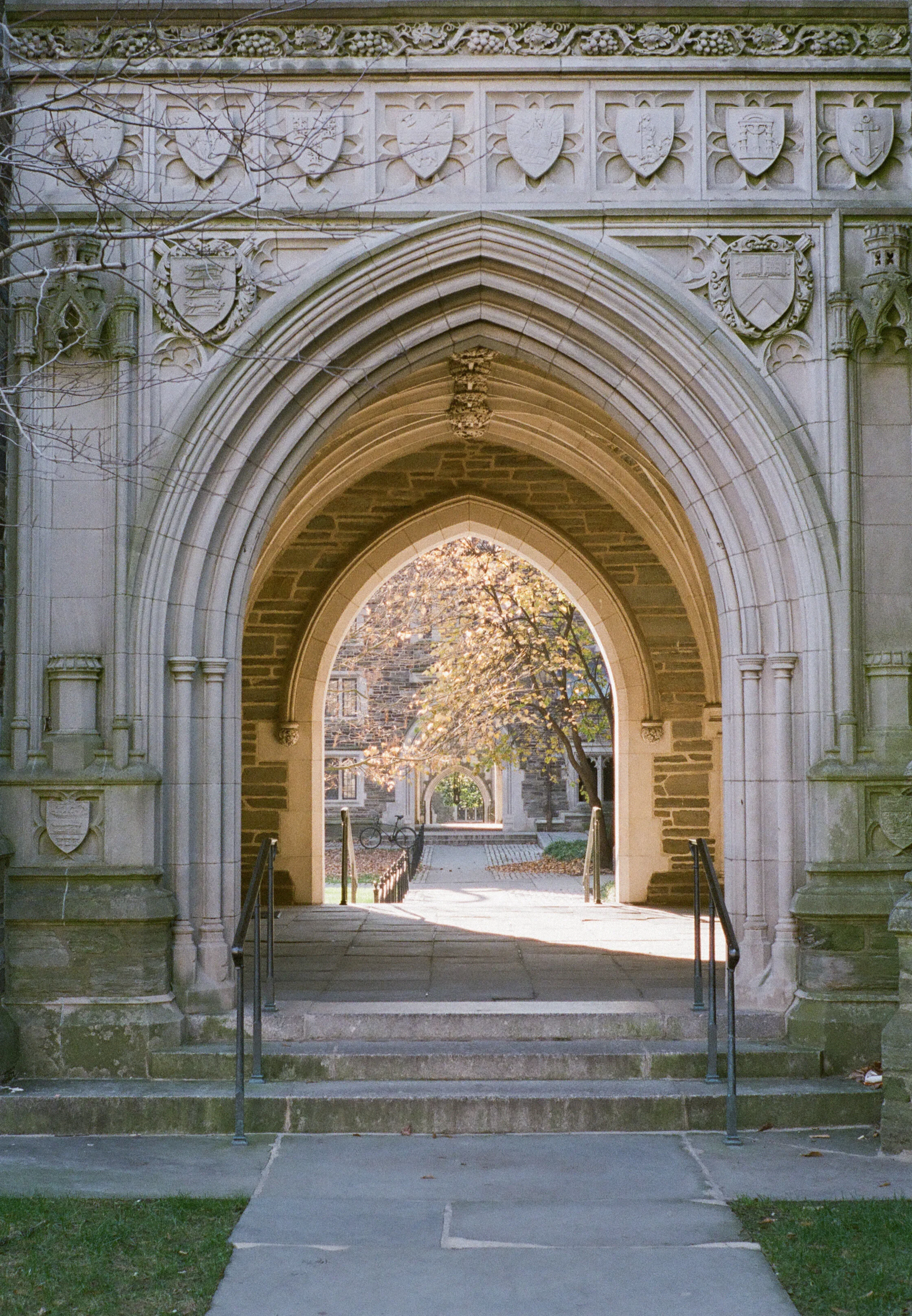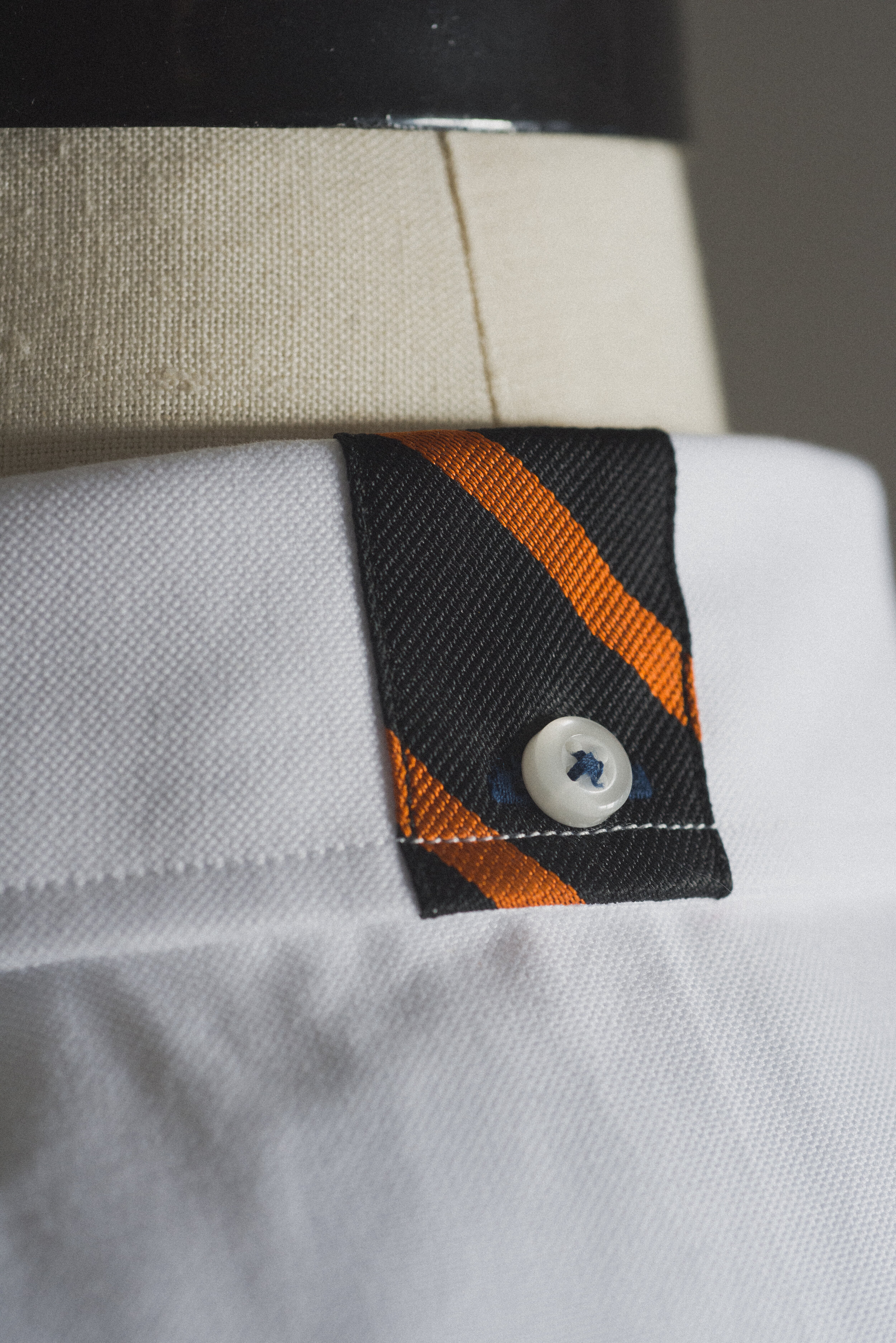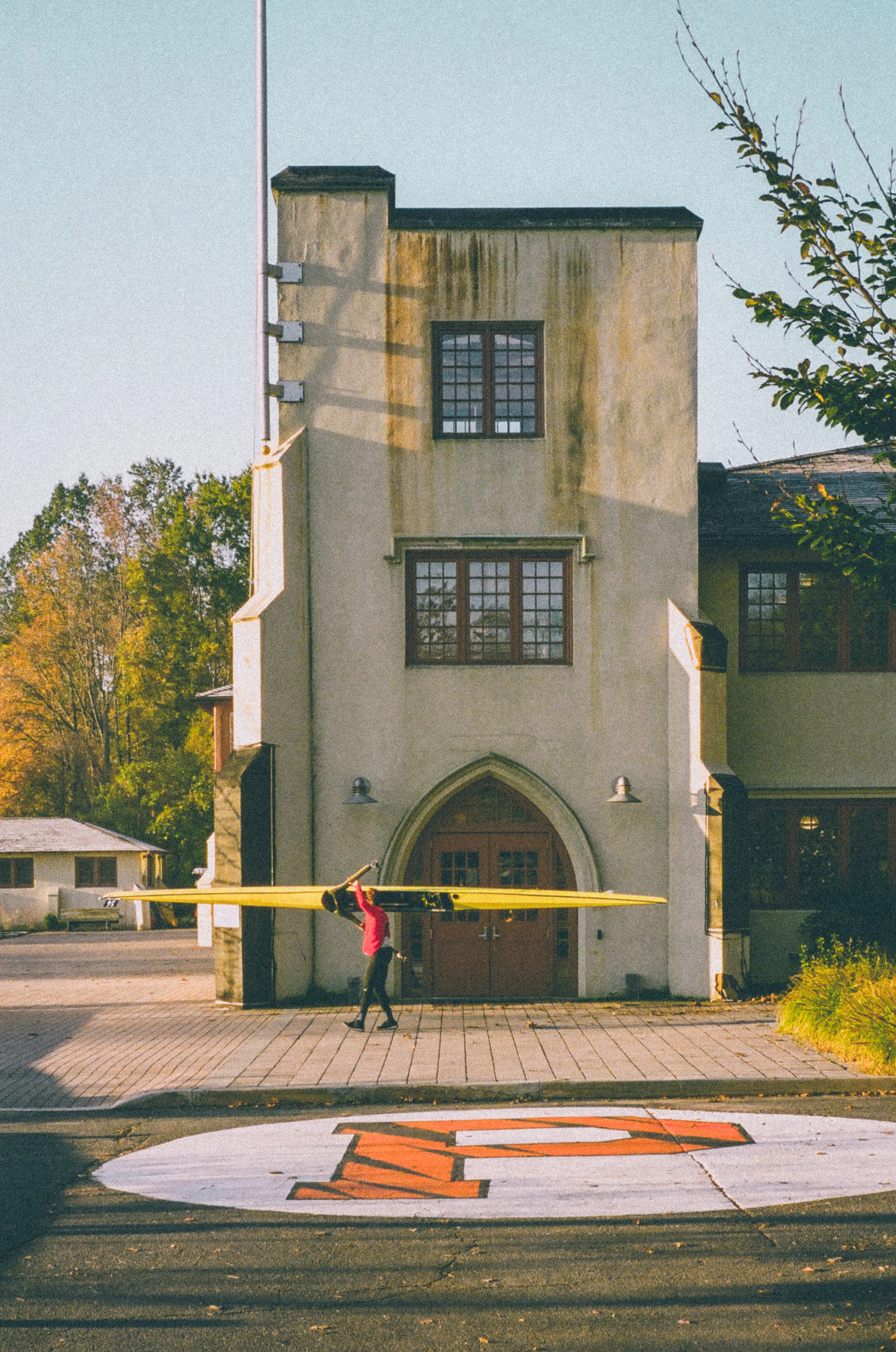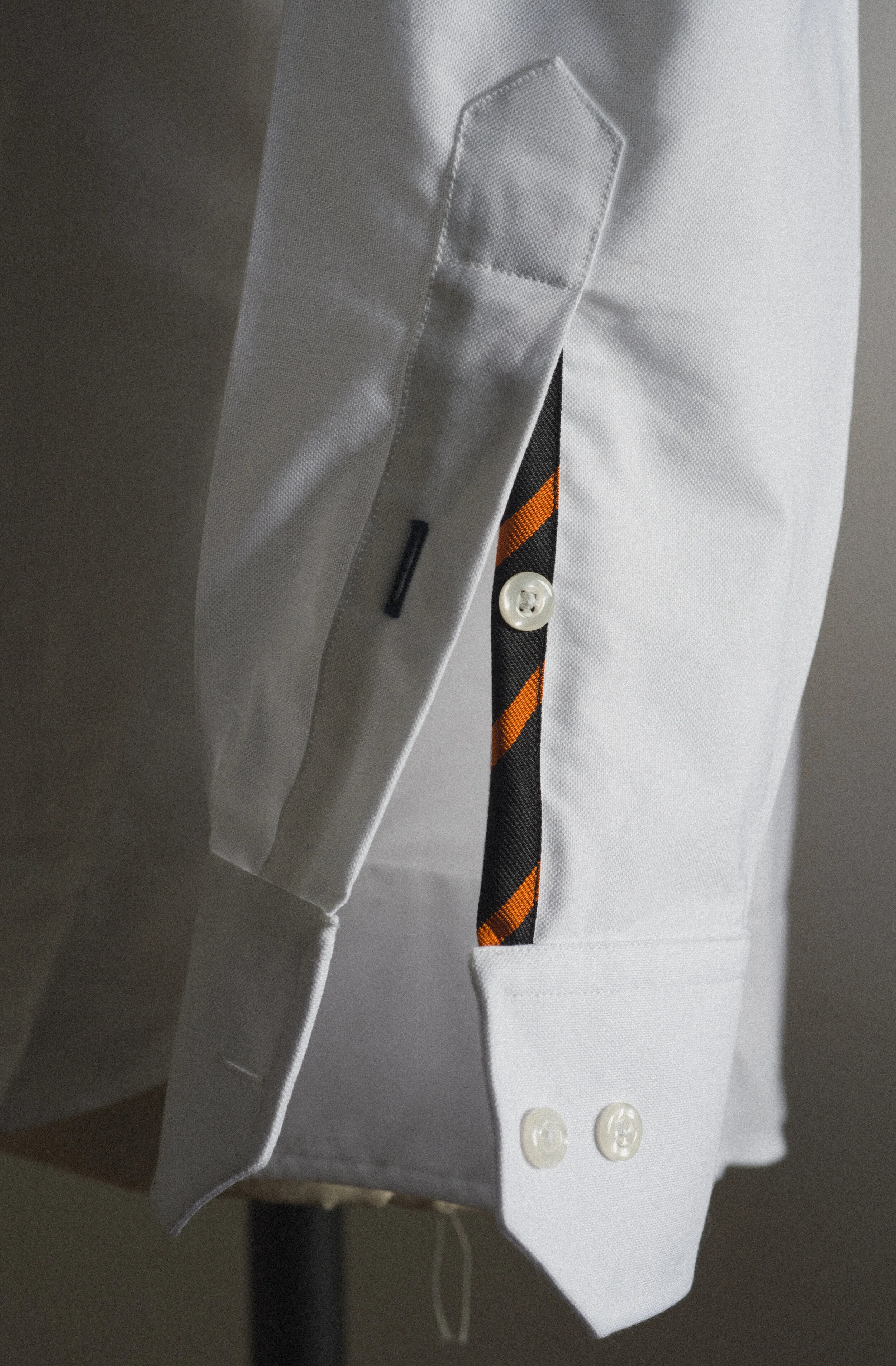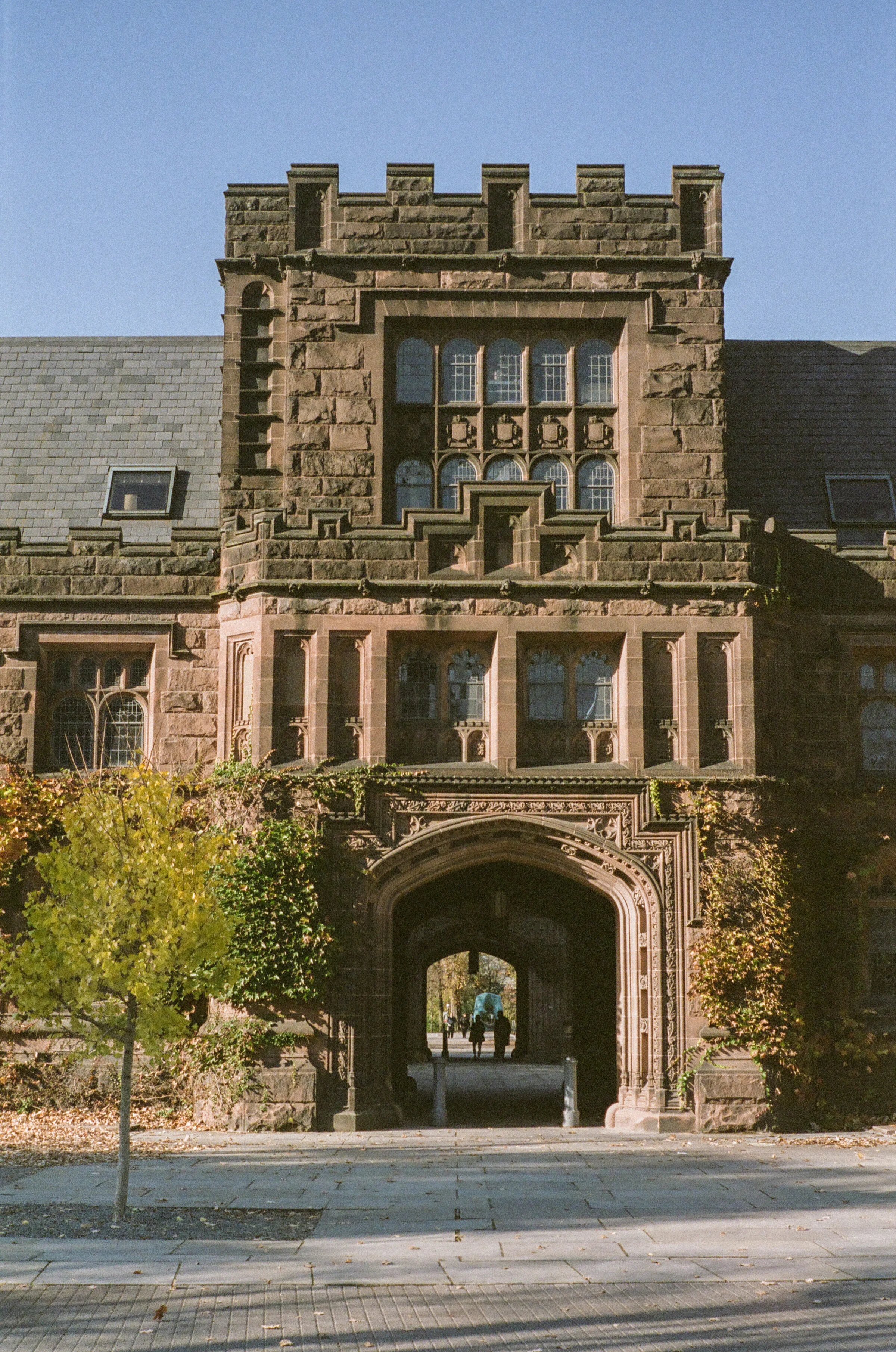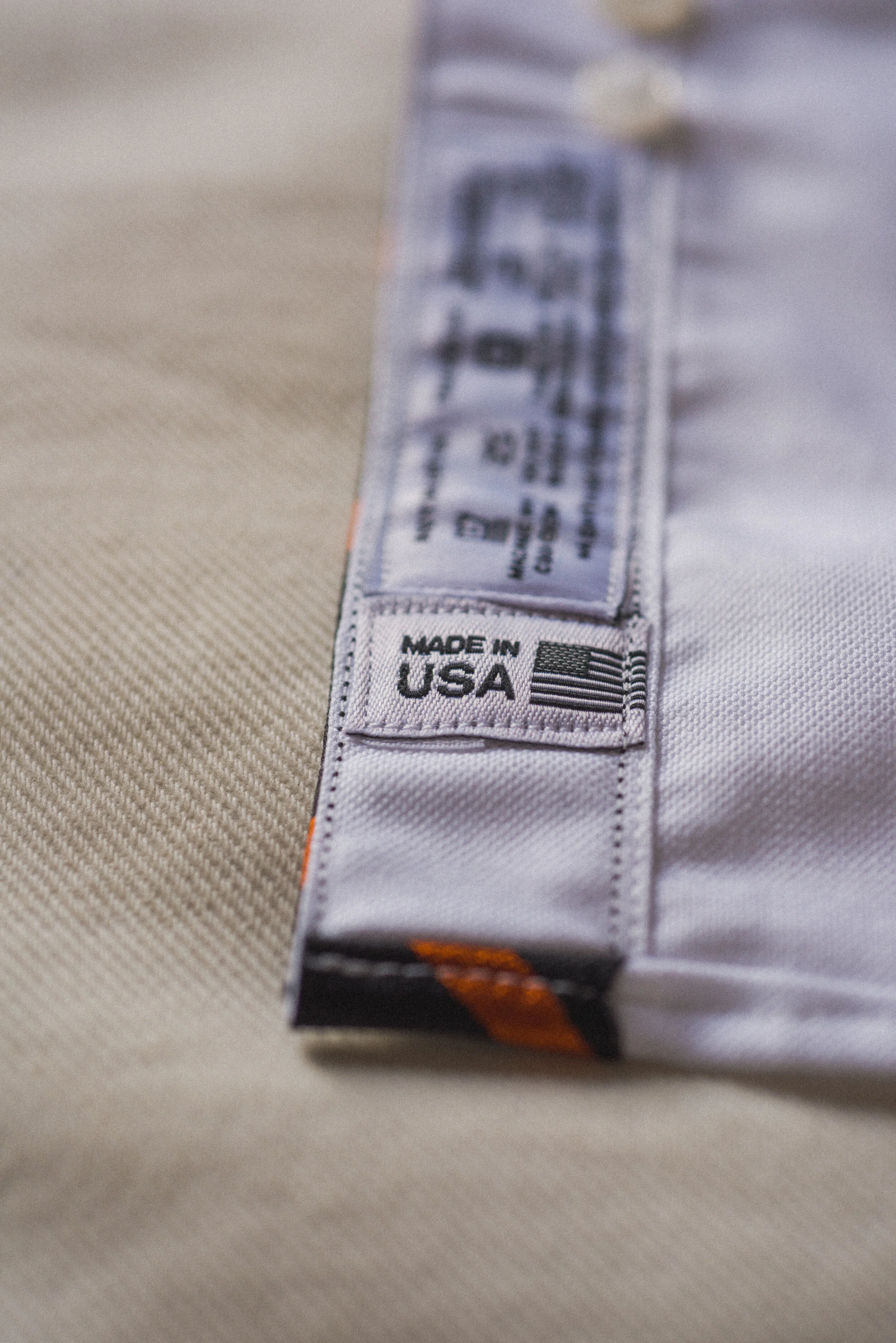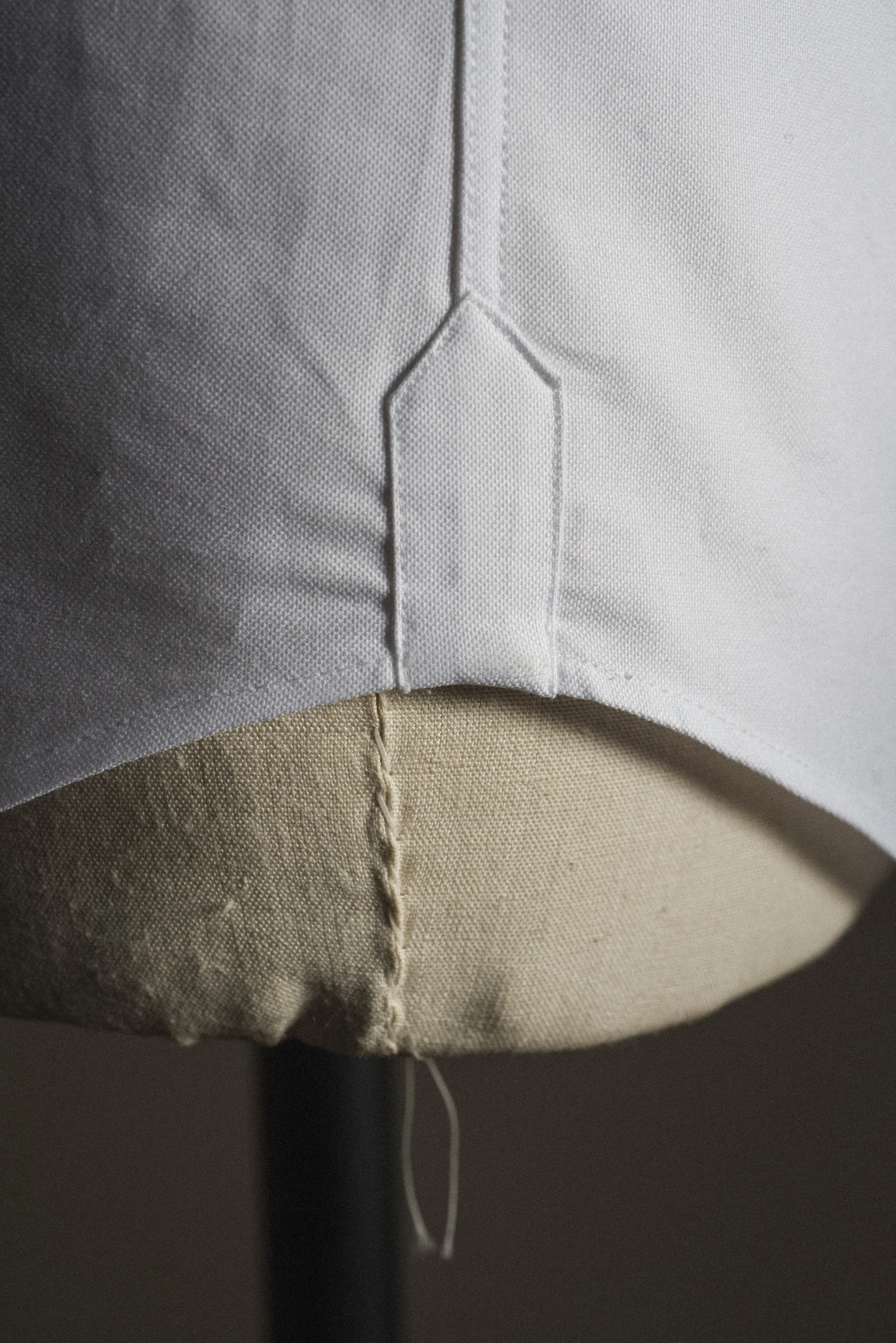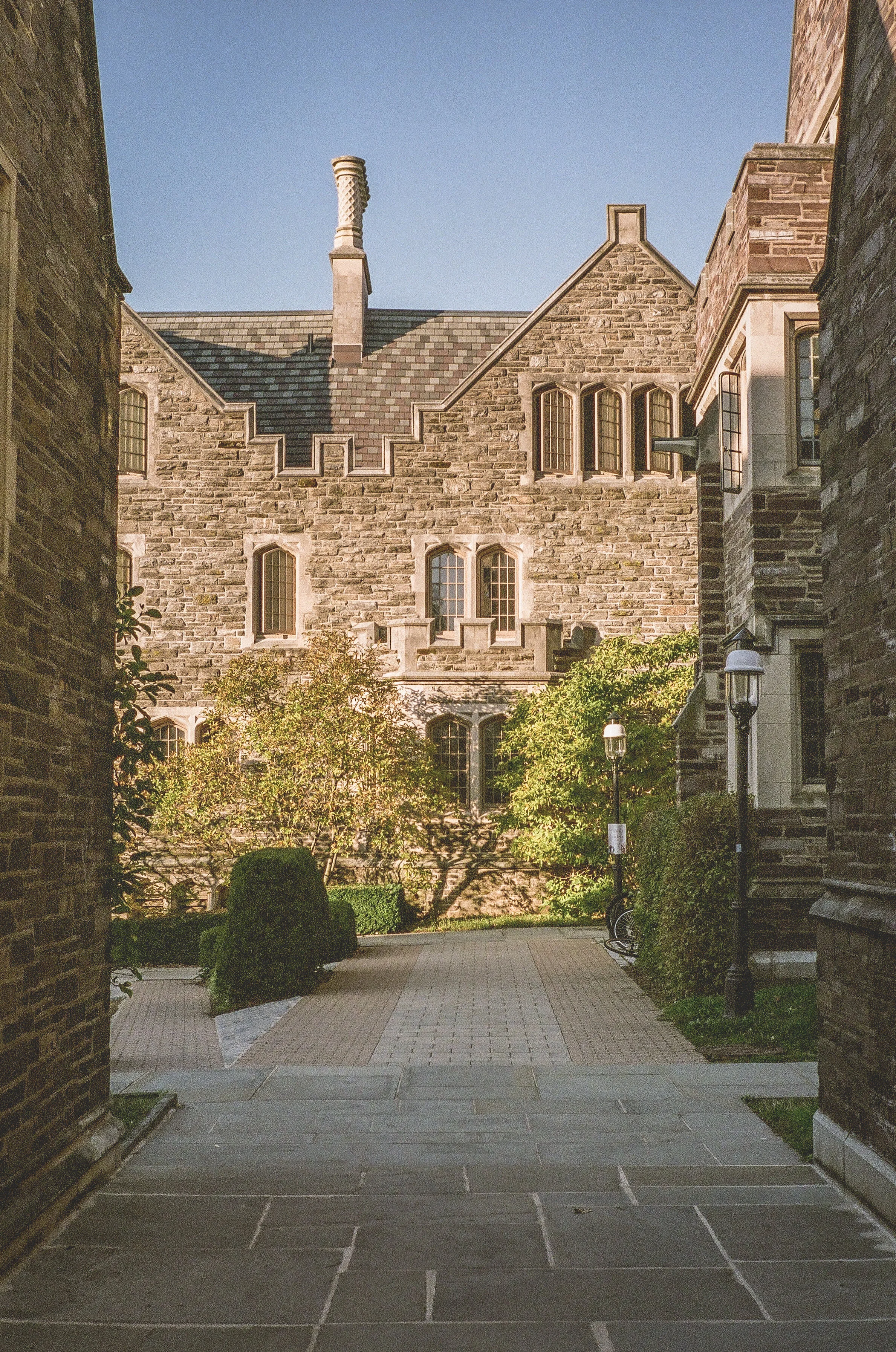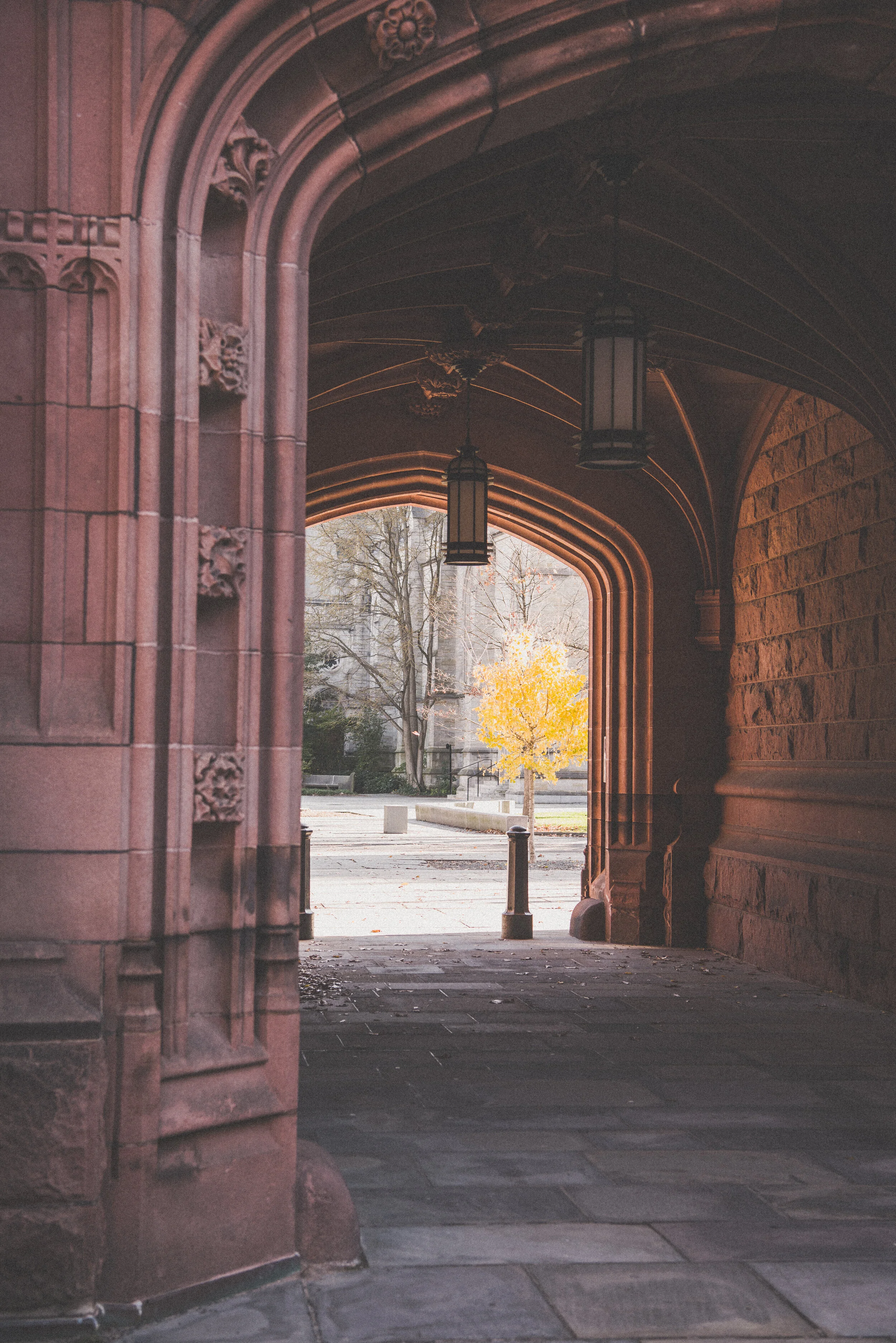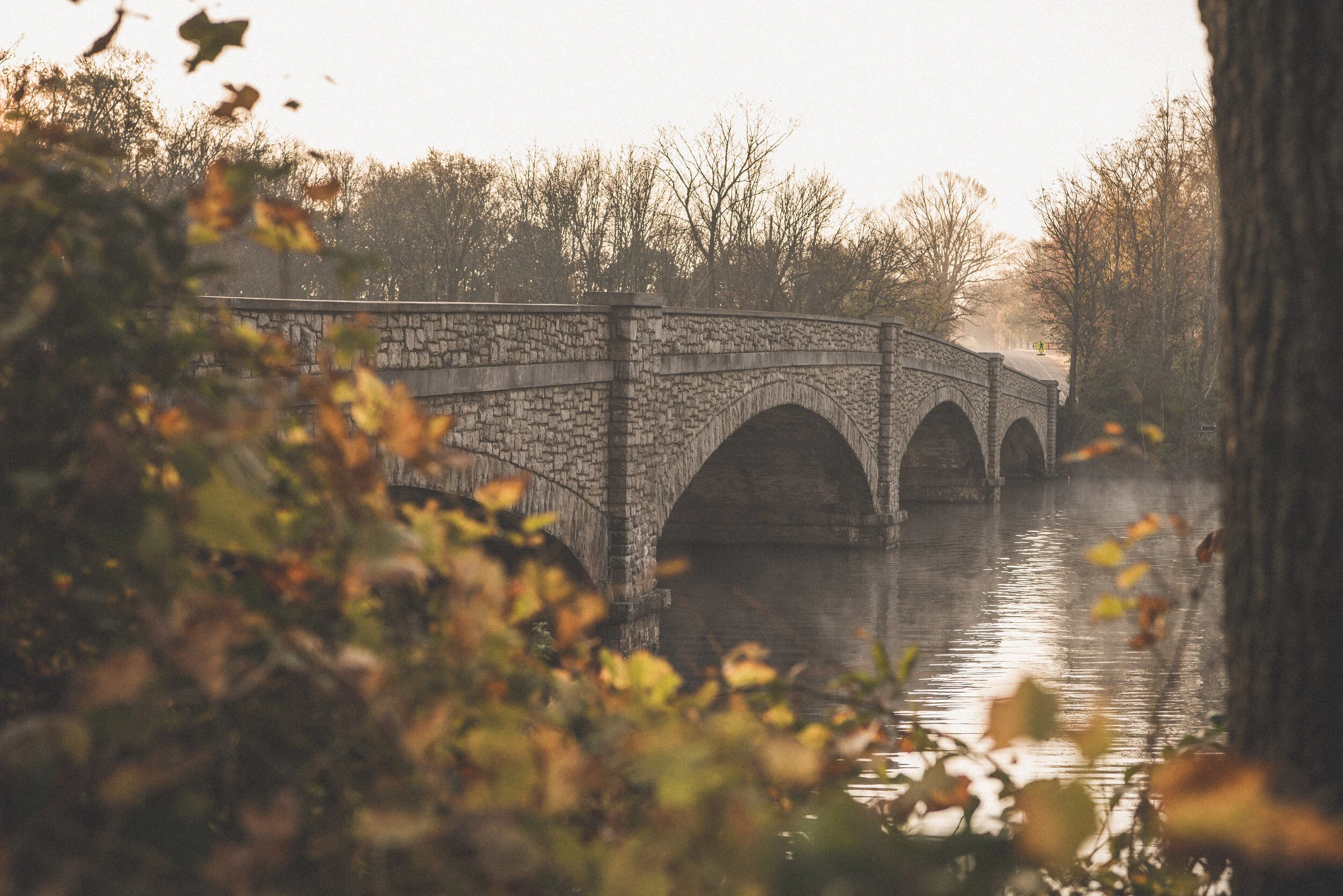Princeton (Women's)
Princeton (Women's)
The Black & Orange trimmed Women’s Ivy Oxford.
The immediately recognizable, bolds colors of Princeton University, founded in 1746.
The Orange & Black Ivy Oxford, made for late-night study sessions in the library, socializing at an eating club, grabbing a bite in town or cheering on the Tigers at Powers Field. Engineered to be proudly worn until threadbare.
Origins of Colors
The first recorded use of orange and black as the University’s colors came at a baseball game at Yale on June 26, 1867, following a suggestion by freshman George Ward. He proposed that orange be used for the school’s colors since William III of the House of Nassau, in whose honor the University’s first building had been named, also carried the title the Prince of Orange. Members of the Class of 1869 Base Ball Club wore badges of orange ribbon with black lettering. The team came from behind with two runs in the ninth inning to win the game.
On Oct. 12, 1868, the faculty resolved to permit students “to adopt and wear as the college badge an orange-colored ribbon bearing upon it the word ’Princeton.‴ Two weeks later, at the inauguration of James McCosh as the 11th president of the University, such badges were worn by many, and the use of orange with black printing became official. (Source: princeton.edu)
WOMEN’S PREPARATORY OXFORD DETAILS & FEATURES:
Tailored Fit. Our shirts are designed with an athletic cut, where we removed excess material without sacrificing mobility
Patented, Signature W&W Button-Through Collar Detail
Tape in Collar Band, W&W Button-Through Collar Detail, Center Placket and Sleeve Plackets
Darted Back
Custom, Hand-Woven, Genuine, English Silk
English Silk Mill Est. 17th Century
Single-needle Stitching
Flat Back Construction
Single Chest Pocket (Left)
Reduced Scalloped Tail Length To Be Worn Tucked In or Out
Durable yet soft, 2-ply 100% Japanese Cotton Oxford
Classic, Soft Ivy Collar Roll
Contrast Stitching on Select Buttons
Reinforced Gussets
Shirts Are Not Pre-Shrunk and Will Shrink (Size-Up If Unsure)
Handcrafted in the USA
Cut & Sewn in Historic American Factory




